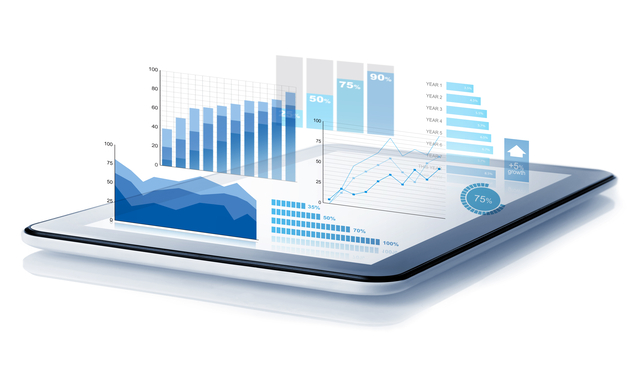For years, finance teams have trusted Excel spreadsheets for their ease of use and low cost, making them a staple for budgeting and forecasting. However, as businesses grow and become more complex, the demands on financial planning have also escalated. Today, finance teams and CFOs are expected to be more strategic, efficient, and precise to drive sustainable business growth.
Choosing the best budgeting and forecasting software depends on the specific financial planning needs, both current and future. For example, small businesses might only require basic reporting and data exploration for a straightforward budgeting process and choose an Excel-based approach; while mid to large-sized businesses with complex structures, including multiple branches, divisions, and entities, and growth and expansion plans, would opt for web-based budgeting and forecasting to quickly realize the benefits of financial planning and analysis (FP&A) software and see a fast return on investment.
This shift in financial objectives has exposed the limitations of Excel-based budgeting and forecasting. Many businesses are realizing that they have outgrown spreadsheet-based planning or at least the practice of relying solely on it, often encountering constraints when it comes to Excel-based budgeting. Additionally, while spreadsheet-based budgeting and forecasting (B&F) might be user-friendly and cost-effective initially, they become limited and frustrating as data volumes grow and budgets become more complex. Manual data entry, data validation, and maintaining spreadsheet templates can lead to errors and inefficiencies, plus their static nature can lead to version control issues. Excel relies on user awareness for data sharing and security, limiting audit trails and increasing the risk of sharing sensitive information.
In contrast, web-based budgeting and forecasting (B&F) software provides a comprehensive solution to Excel’s shortcomings, providing many benefits as it can integrate smoothly with ERP systems and integrate spreadsheets of information. Finance teams can access up-to-date operational and financial data and take advantage of the scenario planning and sales forecasting features of web-based software.
Web-based budgeting and forecasting (B&F) software streamlines financial planning by replacing manual data entry with automated processes. It can handle large datasets and complex organizational structures, offering customization to adapt to unique business needs. Cross-functional collaboration is enhanced with real-time updates ensuring everyone is viewing the same up-to-date numbers, while secure task assignment and cell commentary facilitates comprehensive audit trails. Underpinning everything, web-based B&F software provides a secure end-to-end solution supporting first-class data protection and privacy compliance with industry standards like SOC2 Type2 and GDPR.
Comprehensive FP&A solutions like Phocas provide tools specifically designed to support finance teams and CFOs, helping them link financial performance to the broader business context. Phocas not only offers budgeting and forecasting capabilities but also includes BI Analytics and Financial Statement software.
Phocas BI integrates data from ERP systems and other sources into a single platform, ensuring that up-to-date data is easily accessible to everyone. Financial statements link budgets and forecasts to dynamic profit and loss, balance sheet, and cash flow statements. Reporting is automated, and live actuals are fed back into budgets and forecasts, allowing regular comparisons of actual performance against plans and enabling quick adjustments as needed. Web-based B&F solutions like Phocas, with complete BI and FP&A capabilities, can transform the finance function, whereas Excel-based B&F provides only basic planning.






